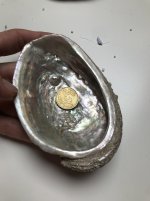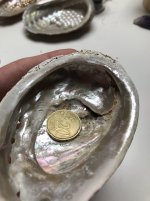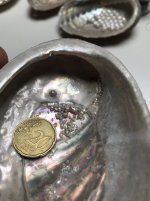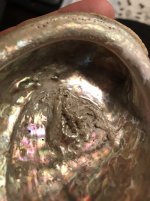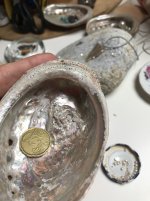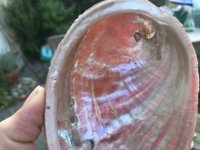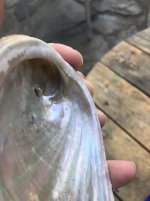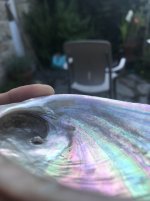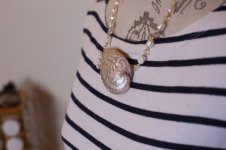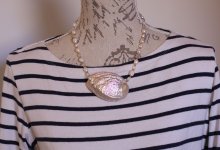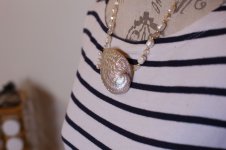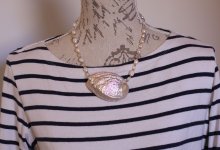Hi everyone.
I have been collecting abalone shells from my fishing for years and i wonder if some of them are pearls...
can anyone help me?
They are small but i wonder if they could be of any value?
Thank you for your answers.
I have been collecting abalone shells from my fishing for years and i wonder if some of them are pearls...
can anyone help me?
They are small but i wonder if they could be of any value?
Thank you for your answers.

